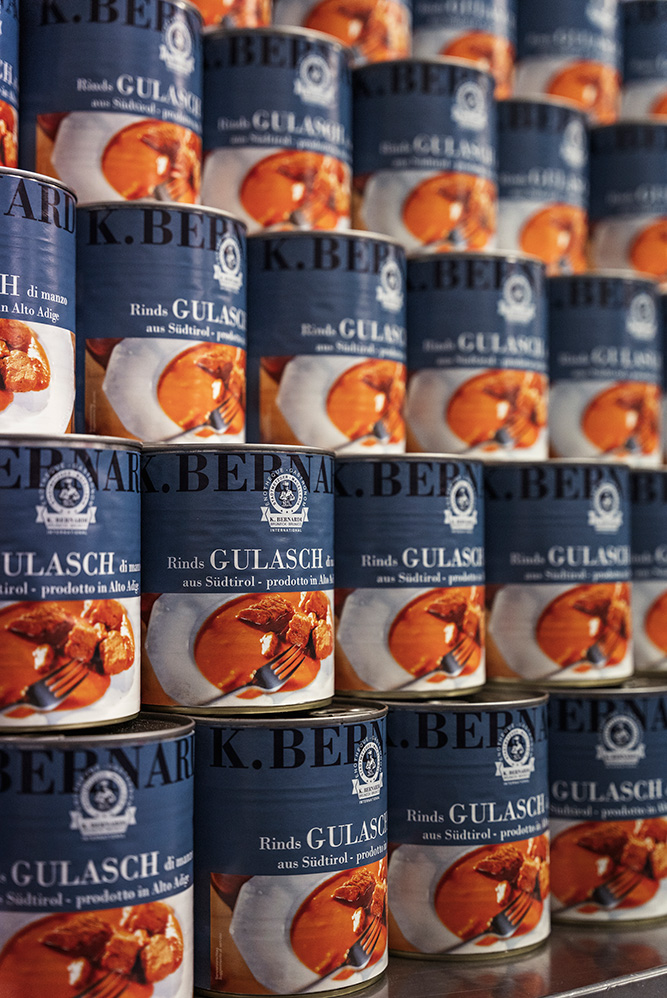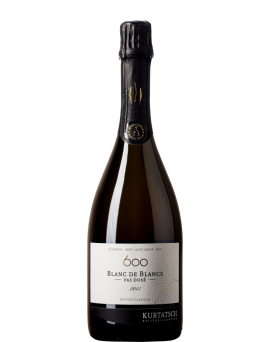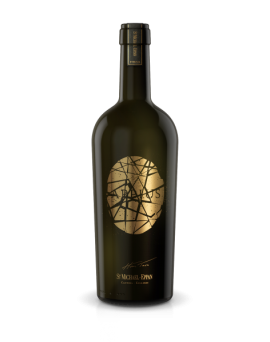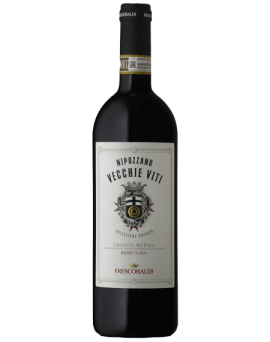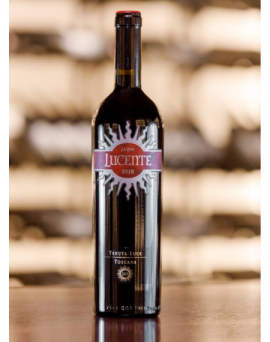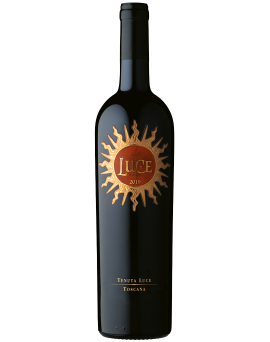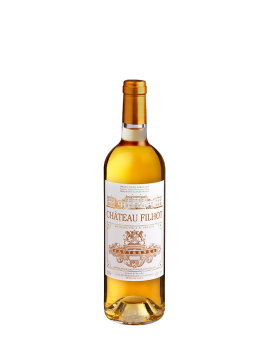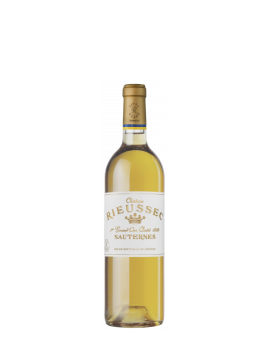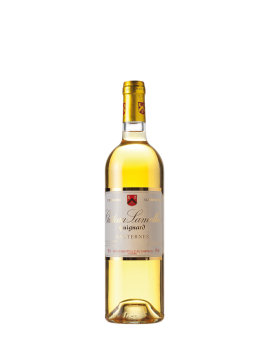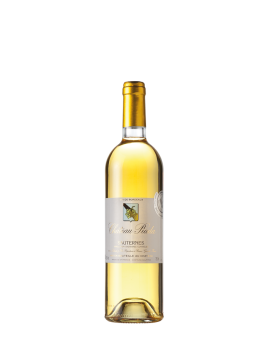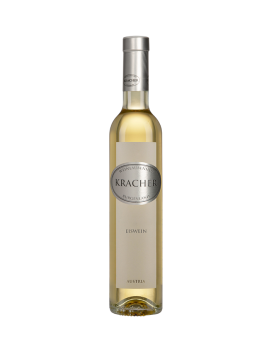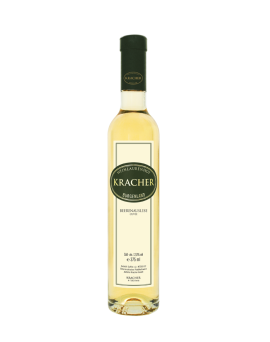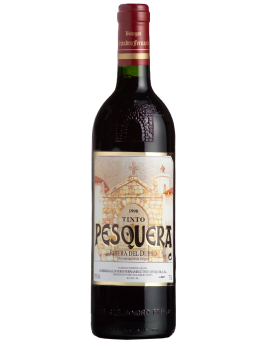Sekt Riserva 600 Blanc de...
600 BLANC DE BLANCS<br />South Tyrol Sparkling Wine Riserva DOC Pas Dosé 2016<br />550-650 m a.s.l., east, slope<br />Large day/night temperature differences<br />Clay, sand and gravel soils, rich in dolomite<br />Alcohol:13,0 % Vol.<br />Total acidity: 7,3 g/l<br />Residual sugar: 2,5 g/l<br />Yield per hectare: 55 hl<br />Optimum ageing: 2-5 years<br />Method of cultivation: sustainable<br /><br />Grape variety: Chardonnay<br />Vinification: gentle pressing (55% yield), fermentation 80% in stainless steel, 20% in used barriques followed by fine yeast storage and batonnage, second fermentation in<br />bottle for 55 months.<br />About the wine: The unique geological and geographical conditions in the Penon district at an altitude of 600 metres are the reason and the prerequisite for producing an<br />unmistakable top sparkling wine with a pronounced regional character. The 2014 vintage was the first 600 wines to be produced. The hand-picked Chardonnay grapes come<br />exclusively from old vines. After fermentation in the bottle, the sparkling wine matures on the yeast for 55 months. In the glass: stable and fine perlage. Fruity nuances of<br />white peach and yellow tropical fruit, some quince, spiced bread and brioche. Creamy yet firm texture, mineral and salty finish.600 BLANC DE BLANCS: The<br />uncompromising one.<br /><br />'When we start a sparkling wine project, we only do so with the aim of being among the absolute top,' says President Andreas Kofler. The goal was achieved, and the first<br />600 was pressed in 2014.<br />
Price
€40.00

